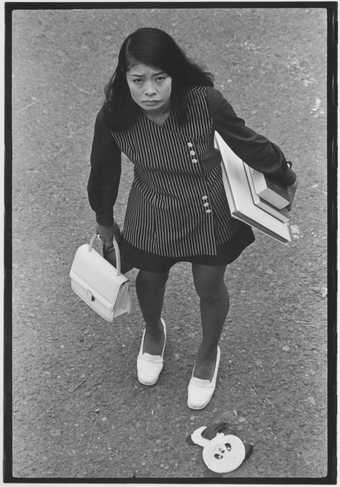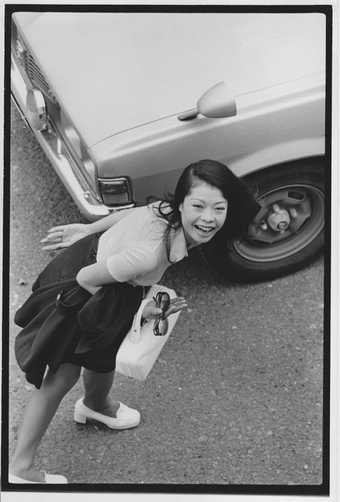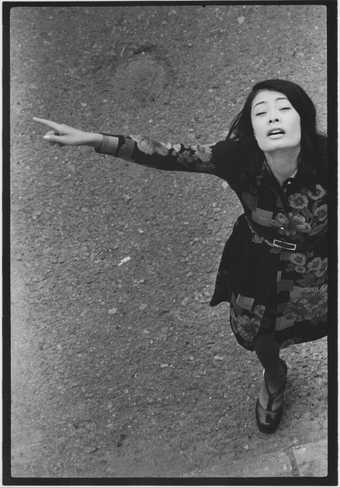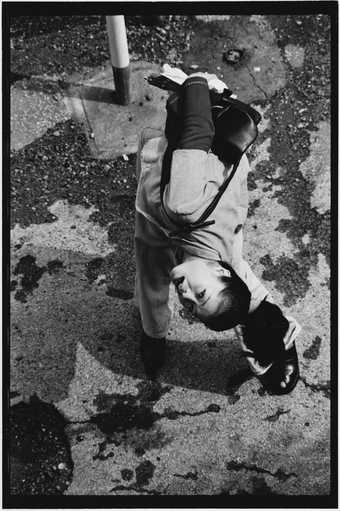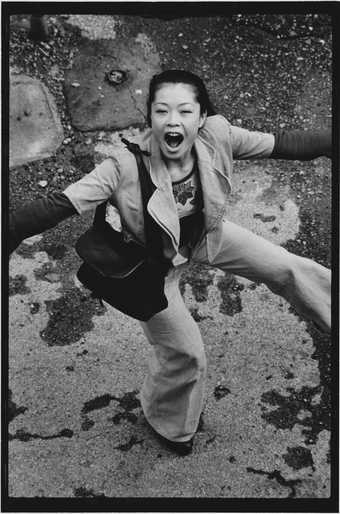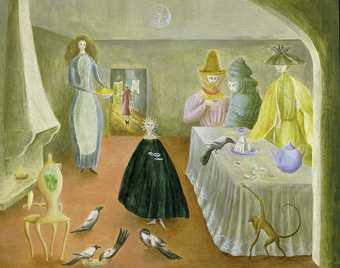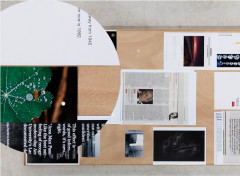When many people think of the word âloveâ, they instinctively imagine the romance of fairytales; passionate, glamorous, uncomplicated love. The reality of it may look pretty different. The types of love we feel are as varied as the people who experience it, as is the art that explores this theme.
Abstract
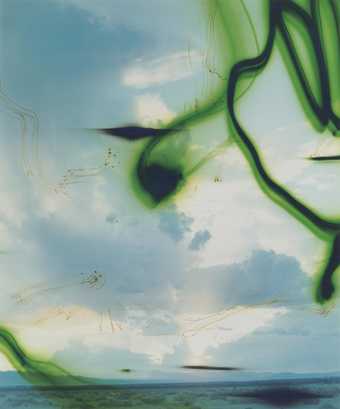
Wolfgang Tillmans
I donât want to get over you (2000)
Tate
Winner of 2000âs Turner Prize, Wolfgang Tillmans, is known for his raw glimpses of youth culture and his abstract colour photography. I donât want to get over you was titled after the 1999 track by The Magnetic Fields. Like this tune, the artless accessibility of Tillmanâs work, with its light colours, and beautiful forms, is a kind of love song:
Itâs an intuitive processâĶ I need to kind of bond with the material that Iâm usingâĶ over time I develop a sense ofâĶ  how to filter to get the color I want, or time the exposure exactly, or make a movement quick enough so that the paper doesnât get too dark. So it is a very physical thing; and I love this sheet of paper itself, this lush, crisp thing.
American Suburb X
Obsessive
html PUBLIC "-//W3C//DTD HTML 4.0 Transitional//EN" "http://www.w3.org/TR/REC-html40/loose.dtd"
Simple
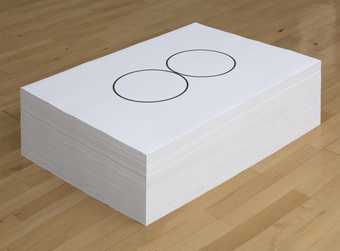
Felix Gonzalez-Torres
âUntitledâ (Double Portrait) (1991)
Tate
ÂĐ The Felix Gonzalez-Torres Foundation, Courtesy Andrea Rosen Gallery, New York
For this piece, Felix Gonzalez-Torres, stacked one hundred sheets of paper, each with two circles printed in the centre. The work was originally placed on the floor in the gallery and viewers were invited to take away a page. The printed image is a simple representation of two people brought together by love. This âanti-monumentâ which dwindles and is then replenished repeatedly, symbolises the feelings of loss and new love which people experience everyday.
Complicated
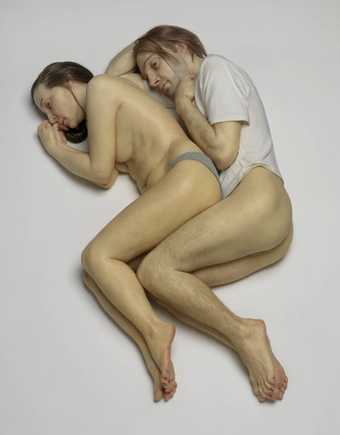
Ron Mueck
Spooning Couple (2005)
ARTIST ROOMS Tate and National Galleries of Scotland
Ron Mueck leaves no detail to the imagination when reproducing the human form, often playing with scale to distort our expectations. However, his work is not merely physical; the body language of his sculptures is supercharged with emotion. In Spooning Couple, Mueck immortalises that fatal breakdown of communication  between two people. The pairsâ awkward nakedness and vulnerability turns us into voyeurs of humanityâs most private state â unhappiness.
Ordinary
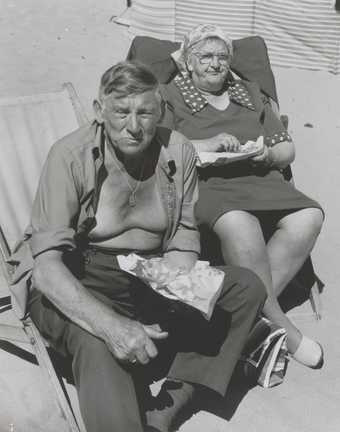
Chris Killip
Couple eating fish and chips, Whitley Bay, Tyneside (1976, printed 2010)
Tate
Throughout the hardship of 1980âs Britain under Margaret Thatcher, Chris Killipâs work is a beacon of humanity. There is a strong political undercurrent to much of his imagery, as he documents a working class society surviving through the roughest of times. Yet, this is uplifted by photographs of total normality; regular people, doing regular tasks and enjoying each otherâs company. He shows us that love is not always pretty, but can be beautifully ordinary.
Human
Wearing nothing but a giant pair of medical pants, Julie clutches her newborn baby and looks into the camera. Rineke Dijkstraâs photographs of women after giving birth are a profound, intimate documentation of love in its most primal form:
Itâs amazing how they trust me, and I think that afterwards they understand that these photos are about something universal and that itâs not particularly about themâĶa lot of women came to me and said, you know itâs really great that you make these photographs because itâs really the way it is but nobody ever shows it, and I can recognise myself in it. And the men were all like, you canât show a woman like that.
Cruel + TenderĖý2003.Ėý
Perhaps Peggy Guggenheim sums it up better than we ever could: âIt [is] all about art and loveâÂ

